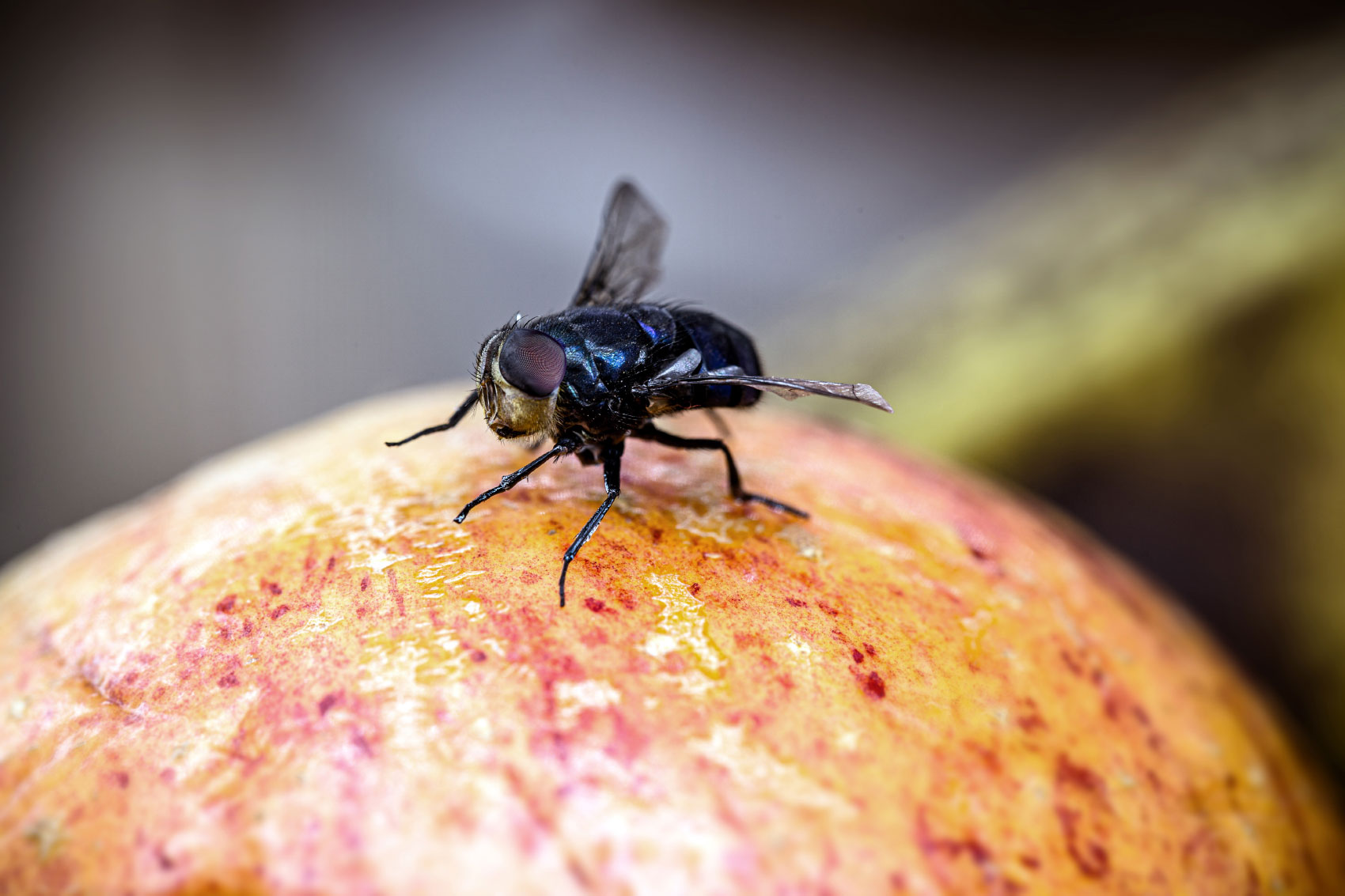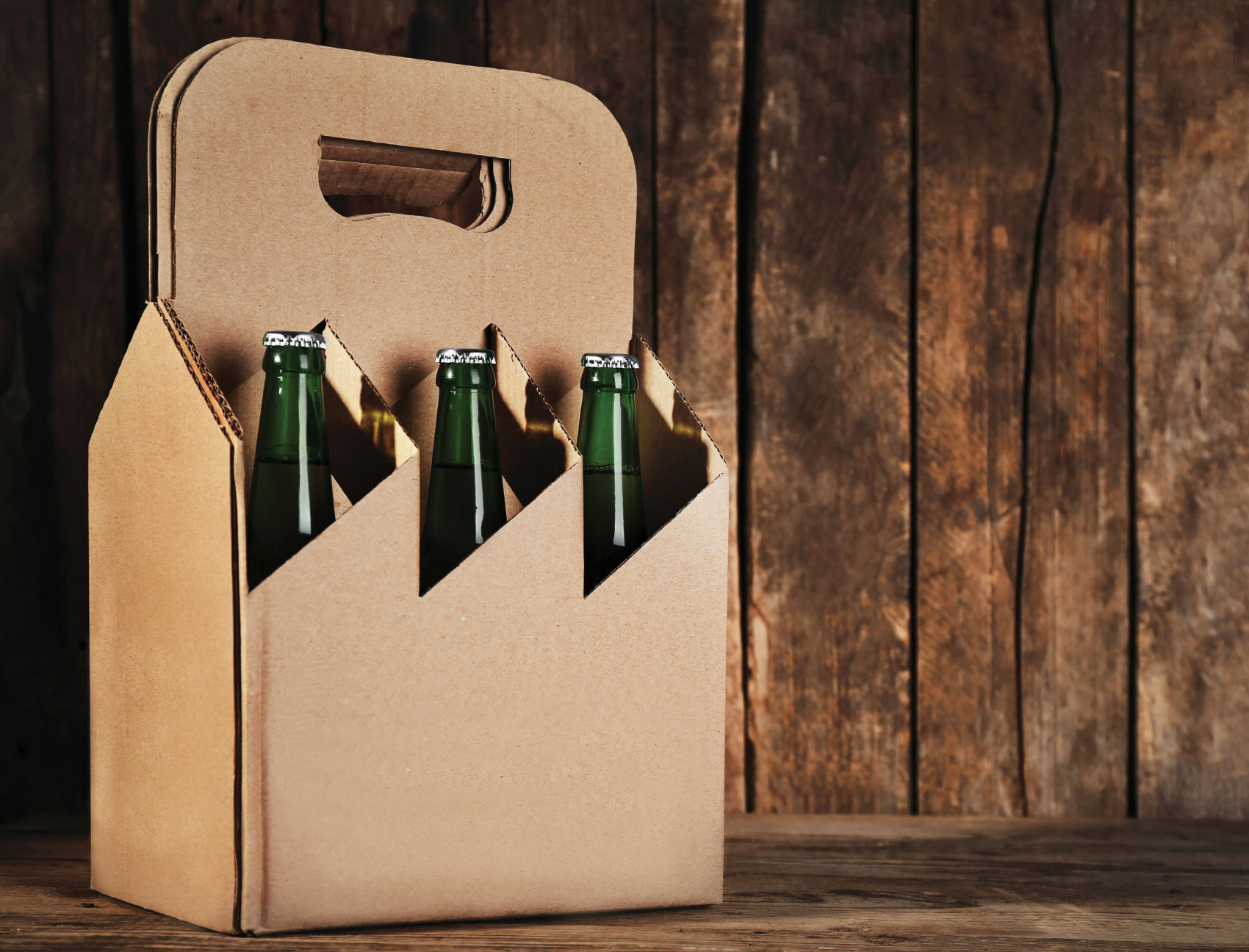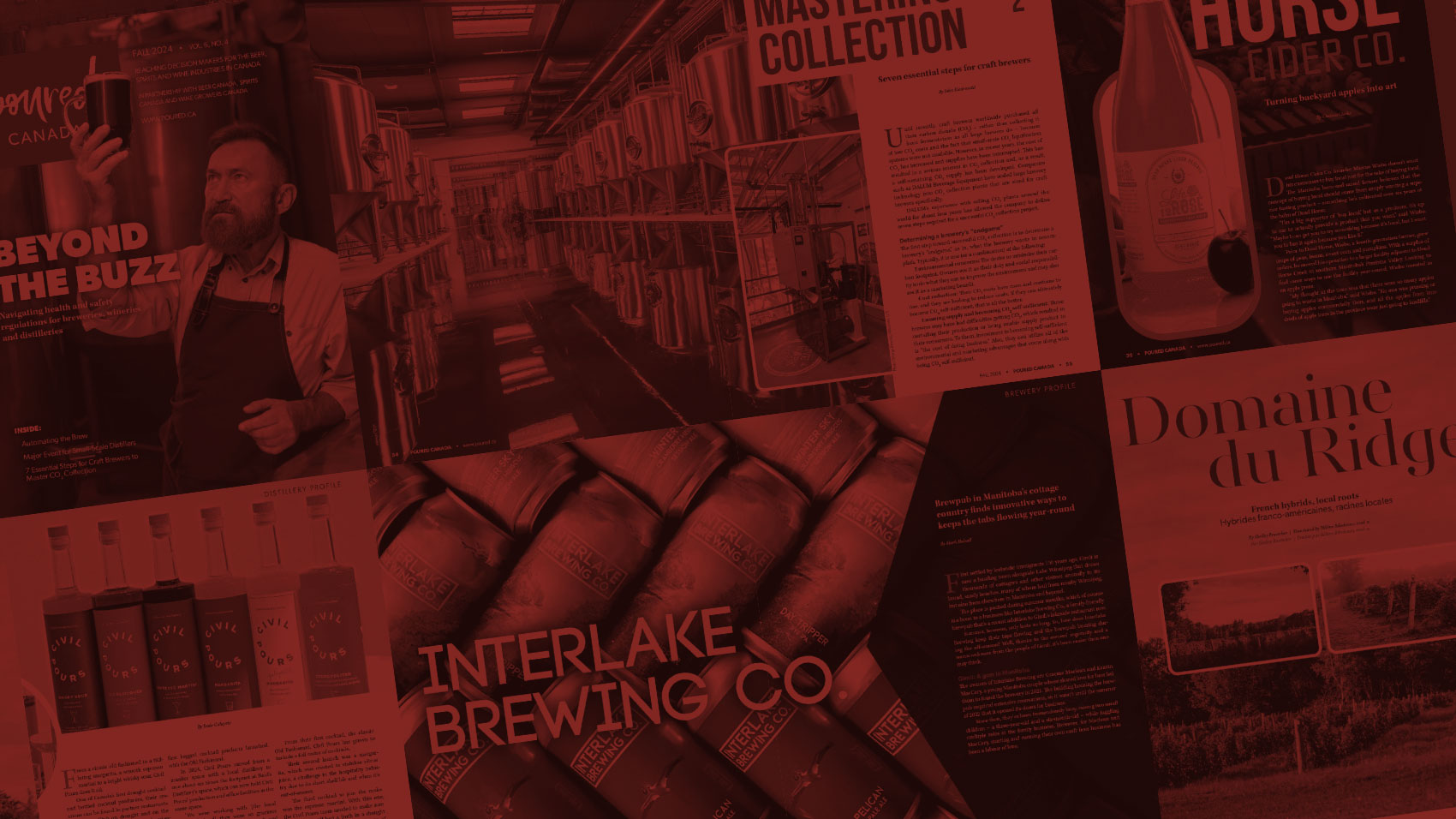Ensuring the quality and purity of ingredients is uncompromisable for wine and beer producers. Yet, amid their exhaustive efforts in production, a silent menace lurks – pests.
The presence of rodents, cockroaches and flies poses a dangerous threat capable of infiltrating crops, ingredients and the final products. These pests not only compromise the physical integrity of the materials, they also cast a shadow over the integrity of the brand.
Wineries and breweries need to be aware of the various aspects of pest management, such as the risks posed by pests, which can jeopardize product quality. Beverage alcohol producers can mitigate some of these risks by implementing an Integrated Pest Management (IPM) program, using structural and biological control methods, and training staff to ensure a pest-free environment.
The risks posed by pests
Rodents, cockroaches and flies are common pests in breweries and wineries because these environments provide them with ideal conditions to thrive. Due to their incredible reproductive capabilities, they can create large populations in a short period of time. These pests pose a dual threat by constantly feeding on waste and organic matter found in abundance in these settings. Pests are a conduit for the transmission of pathogens such as hantavirus, salmonella and E. coli, which can cause severe health problems and pose a significant risk to the safety and well-being of everyone involved in the production process.
The basic needs of pests
Breweries and wineries serve as alluring habitats for pests in search of food, water and refuge, providing the three essential elements necessary for survival, commonly referred to as the “triangle of life.” In this environment, pests find an ideal combination of food, water and refuge to sustain their presence within these facilities.
Firstly, the abundance of fermenting grains, spilled beverages and residual organic matter within breweries and wineries provides an ample food source for pests. Rodents, cockroaches and flies, in particular, are attracted to these food reservoirs, fueling their ability to multiply and infest the premises.
Visible pests often indicate an existing infestation, which is why immediate action to address the issue is so important.
Secondly, water plays a crucial role in sustaining pest populations within brewery and winery environments. Leaky pipes, condensation and spilled liquids provide pests with the hydration they need to survive and thrive. Without adequate moisture, pests would struggle to endure these harsh conditions. Therefore, maintaining thorough cleanliness is imperative in combating pests like fruit flies, cockroaches and rodents.
For example, wine spillage serves as a significant attraction for fruit flies, necessitating prompt and thorough cleanup measures. Storing empty wine bottles away from frequented areas can prevent potential breeding spots, while diligent cleaning of organic debris under bar counters or in drains, and sealing cracks where spillage accumulates are essential steps to prevent future occurrences.
Thirdly, the complex design and storage layout characteristic of breweries and wineries provides pests with hundreds of hiding spots and nesting areas, fulfilling their crucial need for shelter. Cracks in walls, crevices in machinery and overlooked storage areas act as ideal hiding spots, enabling pests to evade detection and establish their presence within the facility.
Addressing sanitation and structural concerns is imperative for effective pest management, particularly concerning cockroaches and rodents. Adhering to established procedures for sanitation and structural maintenance, akin to those practised in restaurants, plays a vital role in mitigating infestations and ensuring a pest-free environment. To prevent pest infestations, seal entry points, maintain cleanliness, practise proper waste management and implement sanitation protocols to eliminate potential pest food and water sources.
Implementing an IPM program
To combat the persistent threat of pests in wineries and breweries, the implementation of an IPM strategy is paramount. By embracing IPM, establishments can effectively uphold a pest-free environment. This approach involves the implementation of various techniques, including rigorous sanitation practices, strategic use of mechanical controls and continuous education of employees.
Through these concerted efforts, businesses not only safeguard the integrity of their products, but significantly mitigate the environmental impact typically associated with conventional pest control methods.
As IPM highlights the importance of prevention, implementing rigorous sanitation protocols is just the beginning of maintaining a pest-free environment in wineries and breweries. Performing routine inspections and monitoring procedures further strengthens the defense against potential pest infestations. This proactive approach involves thorough examinations of storage spaces, production facilities and the surrounding premises to identify any signs of pest activity and pinpoint areas of vulnerability. Visible pests often indicate an existing infestation, which is why immediate action to address the issue is so important.
Ultimately, a well-trained workforce serves as a frontline defense against pests, contributing significantly to the preservation of product quality and brand reputation.
Mechanical controls such as physical barriers, traps and mechanical exclusion methods are effective in preventing pests from accessing vulnerable areas. Screens on doors and windows will prevent insects from entering. Similarly, sealing cracks and using door sweeps can keep rodents out of facilities and protect against structural damage and electrical hazards.
In addition to conventional pest management approaches, wineries and breweries can use biological controls as a sustainable and eco-friendly method to combat pest insects, introducing predatory insects to mitigate infestations and uphold both quality and sustainability standards.
Effective pest management requires proactive measures and diligent record-keeping. By monitoring pest populations and keeping detailed records of pest sightings, control methods used and their outcomes, beverage alcohol producers can maintain a pest-free environment and ensure the safety of people and property.
Training staff on proper sanitation practices, pest infestation signs and the importance of IPM cultivates a culture of pest awareness and fosters proactive management. By teaching the significance of maintaining cleanliness and promptly addressing potential pest issues, employees become equipped with the skills and understanding necessary to identify and mitigate pest-related risks effectively. Educating staff on the signs of pest infestations empowers them to detect early signs, enabling quick action to prevent the escalation of pest problems.
Emphasizing the importance of IPM instills a proactive mindset among employees, encouraging them to actively engage in pest prevention measures rather than merely reacting to pest sightings. Ultimately, a well-trained workforce serves as a frontline defense against pests, contributing significantly to the preservation of product quality and brand reputation.
Maintaining high sanitation standards is the key to preventing and managing pest infestations. Wineries and breweries must embrace IPM as a necessary measure rather than an option. By integrating a multifaceted approach that combines prevention, vigilant monitoring and timely intervention strategies, establishments can effectively combat pests while minimizing environmental damage.
In doing so, they uphold their commitment to quality and sustainability, ensuring continued success.




